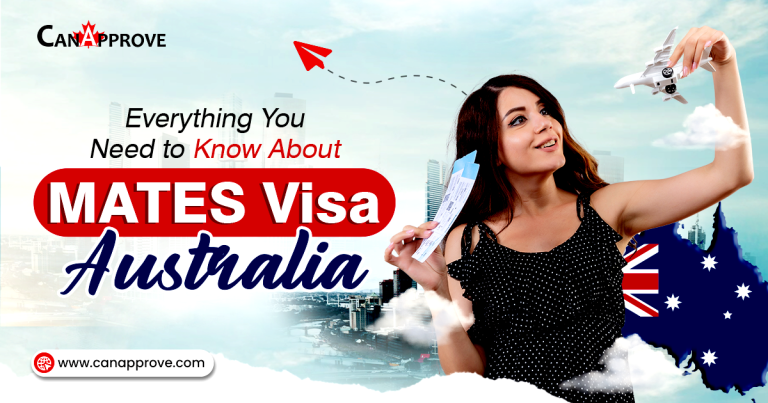How to Migrate to Germany From India in 2026: Step-by-Step Guide for Indians

Germany is one of the most popular destinations for Indians looking for better career opportunities, quality education, and a high standard of living. If you plan to migrate to Germany from India in 2026, this guide will help you understand…









